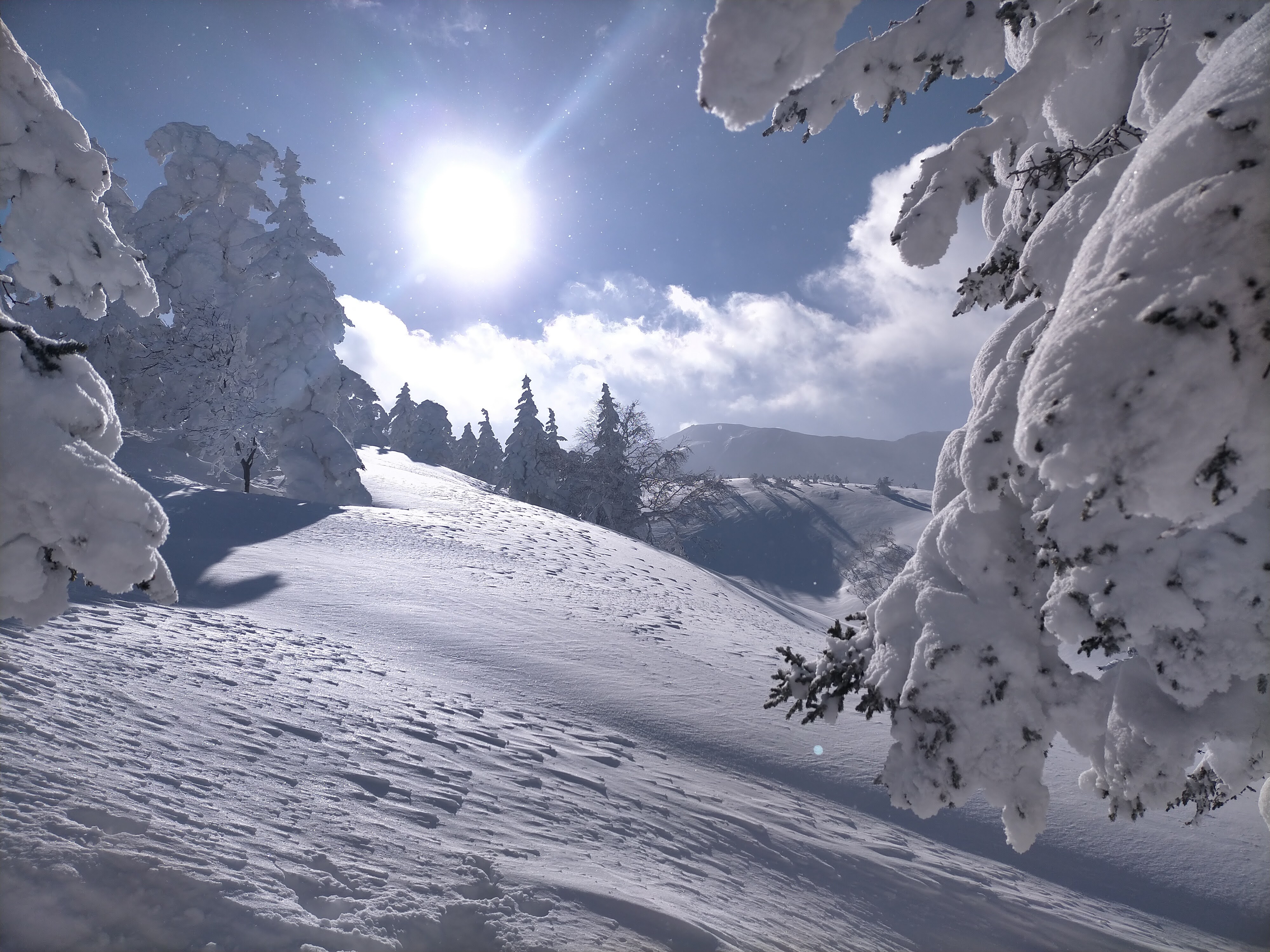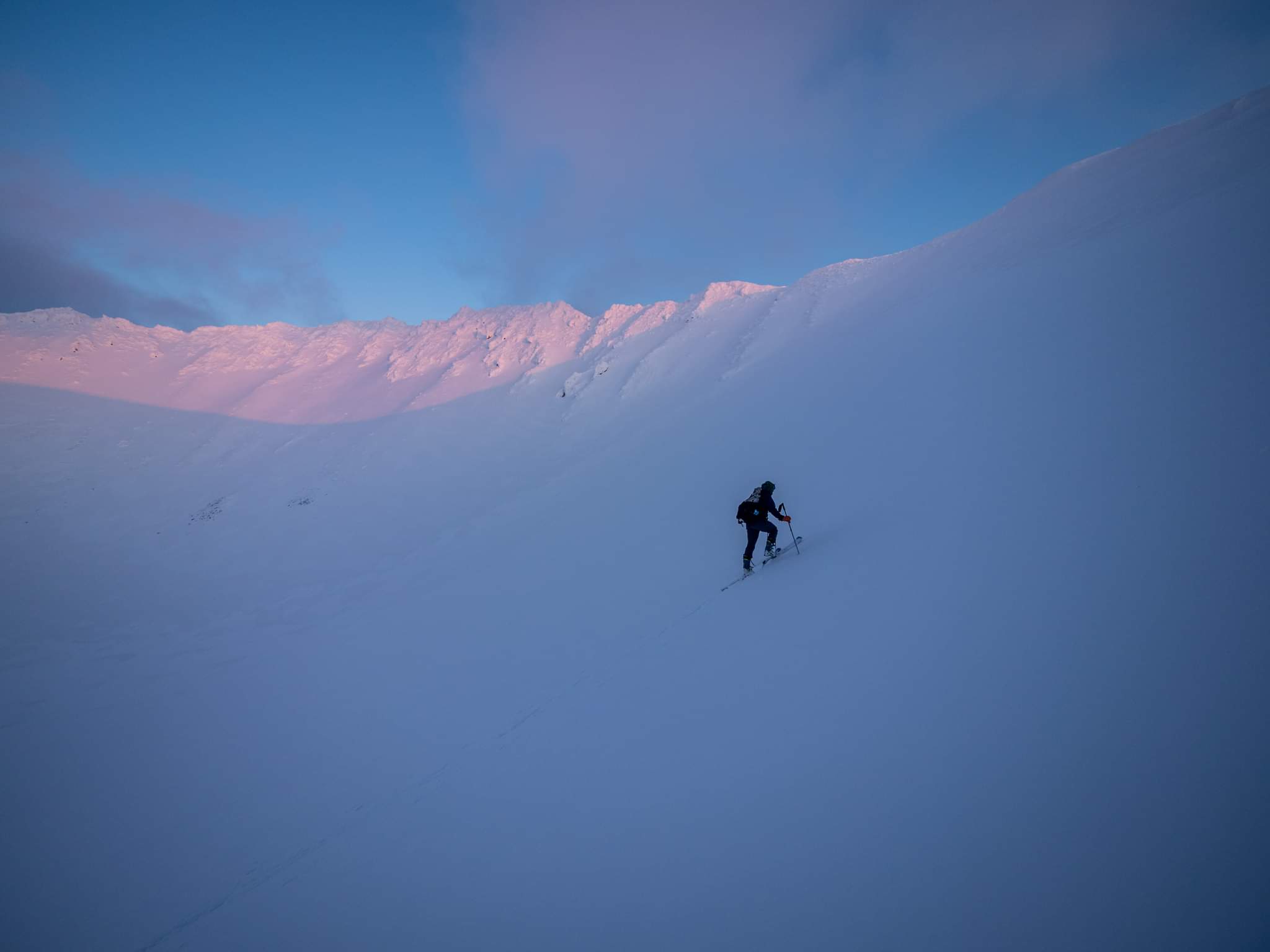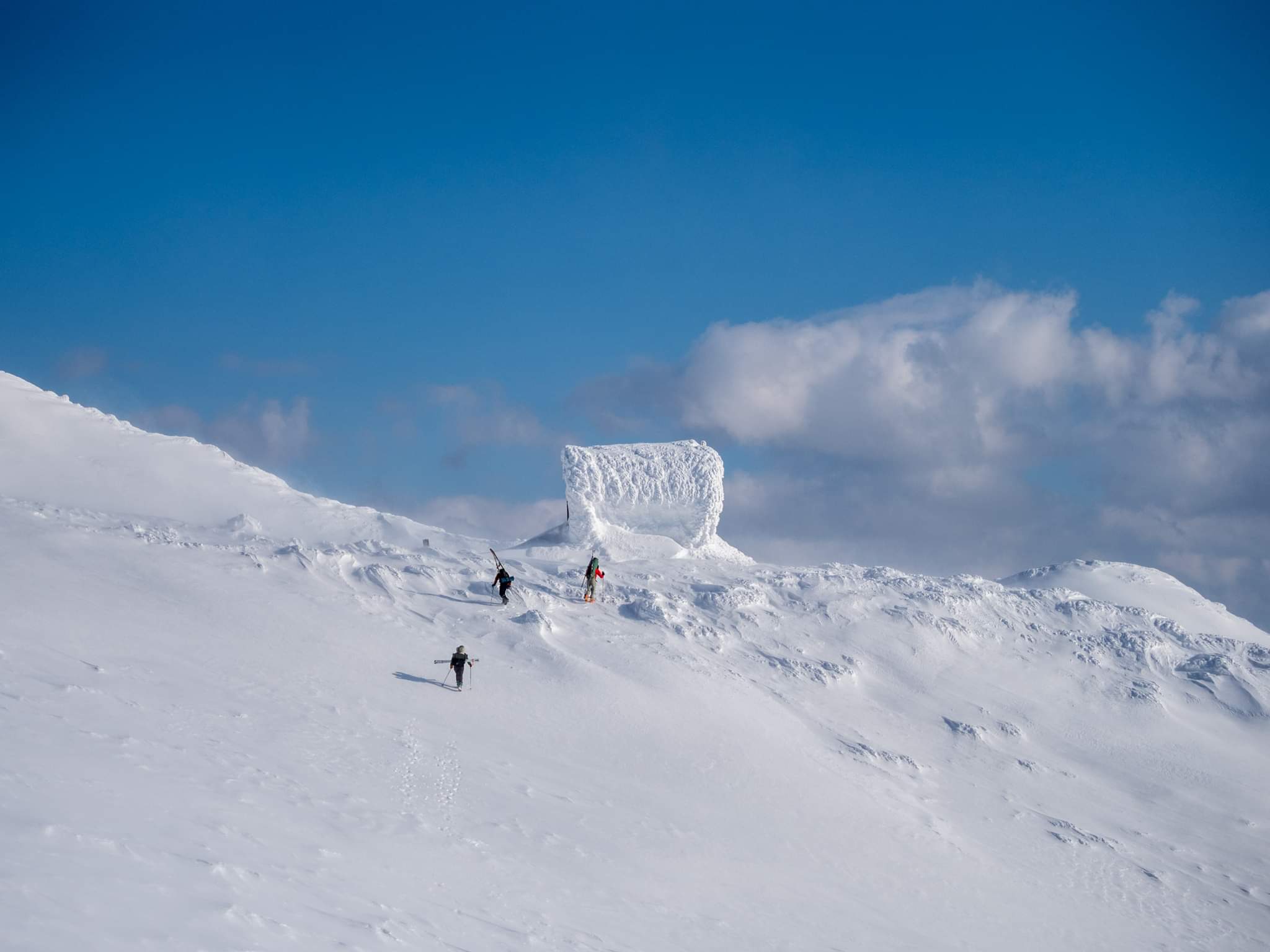Aspen’s past and Shimukappu’s present offer lessons for our culture’s future
Shimukappu is at a turning point. Or that’s the belief of Yoshiharu Hoshino, anyway. He’s the CEO of Hoshino Resorts, the hotel brand with four 36-story hotels at the town’s local ski resort. When COVID halted global travel, Hoshino predicted in a 2021 essay in the book “Ride the Earth: Hokkaido Powder Belt” that on the other side of the pandemic, “the world is about to enter an era of great tourism.”
I couldn’t agree more. Granted, I have the added benefit of watching restrictions ease and reading reports of overwhelmed European airports this past month. It seems inevitable that tourism will boom in central Hokkaido and Japan when the border fully opens — picture Aspen in the 1950s.
I believe Aspen has some instructive lessons as Shimukappu enters this next era, and vice versa. From where I stand, the creation story of Aspen’s modern economy and culture is empowering and hopeful. The radical change that Aspen has experienced over the past 70 years is a testament to the creative and generative power of community. No matter how little or how much you appreciate Aspen, I believe we can all take pointers from those who have contributed, like the 10th Mountain Division members who made it their home after World War II or the catalysts behind the Ideas and Music festivals. The resounding message that I take from their actions is that we are responsible for crafting the culture where we live.
I wonder, what could it look like to more actively create opportunities for cross-pollination between Aspen and Shimukappu? Is it an annual ski patrol exchange or a mountain bike trail-building exchange? Maybe it’s a matter of organizing a long-distance ski event like the Grand Traverse, or a spring whitewater tour, or an adventure triathlon that welcomes participants from Aspen. I would love collaborators and fellow brainstormers if these ideas pique your interest, or if you have a wildly different idea that you think Shimukappu might be perfectly positioned for.
The cold-weather area called the “Powder Belt” — known for its unbelievably dry, fluffy powder — includes Skimukappu’s ski mountain Tomamu on the southern edge. (The northern boundary is marked by Mount Asahi, the tallest mountain in Hokkaido, which is 45 miles north as the crow flies.) Hoshino Resorts manages Tomamu, and the company’s CEO gets more specific in his essay when he envisions the future of the Powder Belt as a “tourism-advanced region.”
He imagines that “people will rush in” to experience the highest-quality powder snow in the world. Hoshino calls for a visitor-based economy that sets prices based on dynamic metrics like the quality of the snow. He writes that his dream is to effectively manage the masses of visitors to achieve a “sustainable state” that also benefits the region’s residents currently appreciating the quiet splendor.
I understand if you’re skeptical when you see words like “sustainable” and “advanced” paired with tourism. You might be wondering, how is this different from Aspen’s model or ecotourism in Costa Rica? I don’t have details about Hoshino’s dreams. However, I do have firsthand experience of the perks that his 108-year-old family business is currently providing.
I was struck as a newcomer by the $11 lift tickets for locals and $185 season passes. It reminds me of Skico’s focus on supporting locals’ fitness and the uphilling culture that has thrived in Aspen. Many of my Shimukappu students and their families recreate at Tomamu all winter and don’t feel the need to buy a season pass because the day rate is so affordable.
If international travel proceeds smoothly, there will be a group of 15 Aspen eighth graders at homestays in Shimukappu in October. I’m excited to find out what they notice in their journey halfway around the world. And then January is when approximately 10 Japanese students are slated to come to Colorado.
I look forward to asking all these students: Where do they see opportunities for enhancing the cultural exchange between the towns? What does it look like to actively build culture and community despite the risks and unknowns? Maybe they will be inspired to dream and contribute to the next generation of exchange, too.
Timbah Bell is an English teacher in Shimukappu, Japan, where he works as part of a longstanding partnership with Aspen Sister Cities. You can find this column read aloud and photos from his adventure so far on Instagram @beauty_noted; email him at timbah.bell@gmail.com.
Columns








Comments are closed.